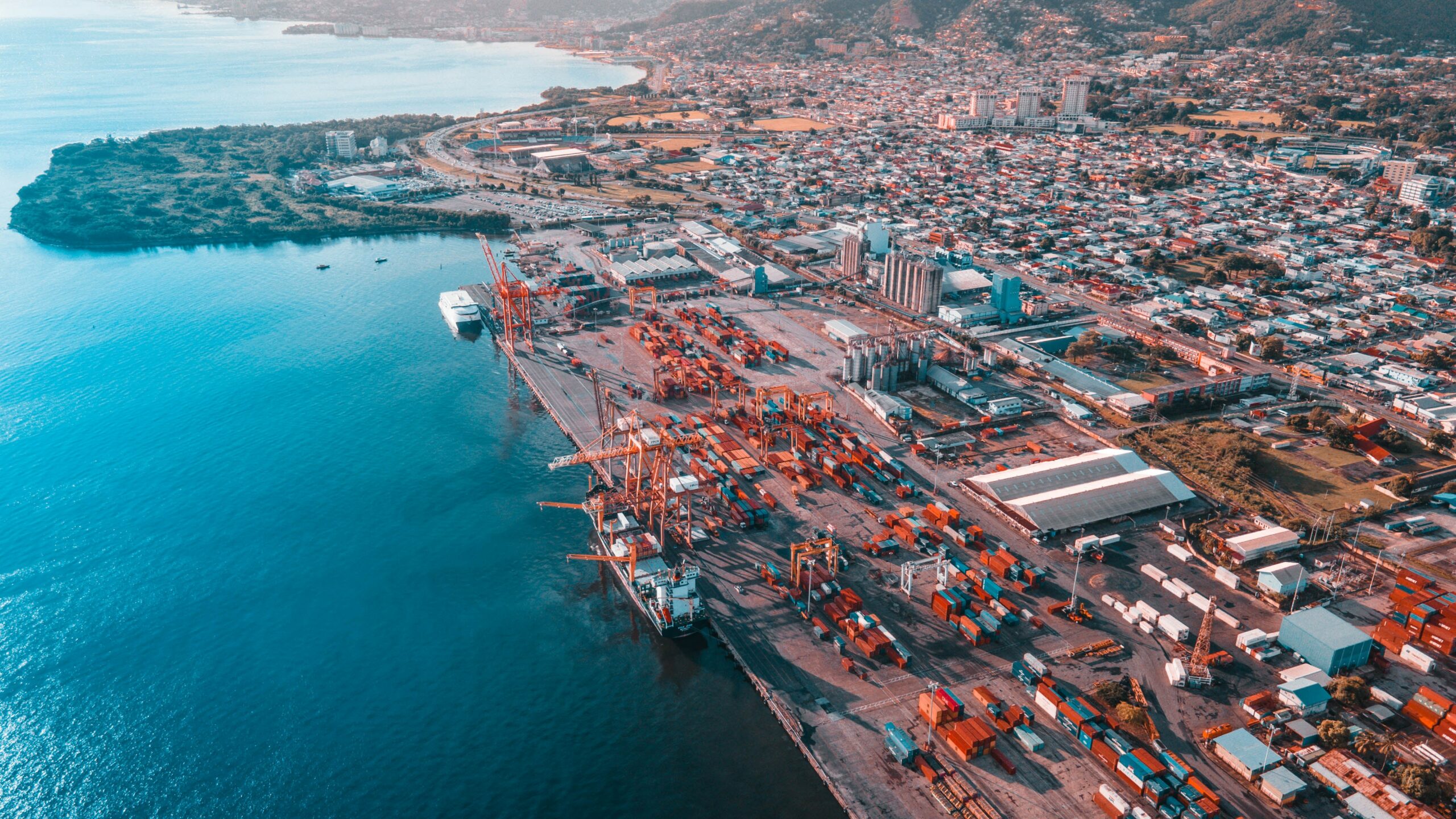A number of benefits come with regional trade agreements, such as accelerated trade and economic development, regional integration, and access to new markets. However, they also have significant downsides, including the erosion of multilateralism, complicated laws of origin, and trade diversion. Policymakers should carefully balance the advantages and disadvantages of RTAs and endeavor to reduce any potential drawbacks while maximizing the gains for all member nations.
Advantages of Regional Trade Agreements
- Promoting Trade and Economic Growth: Facilitating commerce between member nations by lowering or eliminating trade obstacles like tariffs and quotas is one of the main goals of RTAs. As a result, the participating nations' trade flows, economic growth, and competitiveness may all increase.
- Fostering Regional Integration: RTAs push member nations to collaborate on a range of issues, including investment policy, regulatory harmonization, and infrastructure development. Greater regional integration, collaboration, and stability may result from this.
- Attracting Foreign Investment: RTAs can aid in attracting foreign investment to member countries by fostering a more stable and predictable business climate. In turn, this might encourage employment development, technology transfer, and economic expansion.
- Facilitating Access to New Markets: RTAs can assist member nations in gaining access to new markets and broadening their sphere of influence internationally. Small and medium-sized businesses (SMEs), which may find it difficult to negotiate the complicated international trade norms and procedures, may benefit the most from this.
- Encouraging Specialization and Innovation: By removing trade restrictions, RTAs can encourage the effective distribution of resources and let member nations to focus on producing the goods and services in which they have a competitive advantage. Increased productivity, innovation, and economic expansion may result from this.
Disadvantages of Regional Trade Agreements
- Trade Diversion: Trade diversion, whereby trade shifts from more efficient non-member nations to less efficient member countries as a result of preferential trade agreements, is one potential disadvantage of RTAs. This could decrease the effectiveness of the global economy and hurt non-member nations.
- Complex Rules of Origin: To stop non-member nations from taking advantage of advantageous trade agreements, RTAs frequently impose rigorous rules of origin. For firms, these regulations can be complicated and onerous, which raises compliance costs and might make trading more difficult.
- Undermining Multilateralism: Critics assert that RTAs can weaken multilateralism by generating a "spaghetti bowl" of overlapping and occasionally contradictory trade regulations. This could make it more difficult to conduct business internationally and reduce the efficacy of multilateral organizations like the World Trade Organization (WTO).
- Potential for Regional Imbalances: RTAs have the potential to create regional inequalities where some member countries gain more from the agreement than others. This can exacerbate divisions inside the alliance and widen economic gaps among the members.
- Limited Scope: confined scope Last but not least, RTAs frequently just cover trade in products and neglect to address other crucial issues like trade in services, intellectual property rights, and labor standards. This could reduce the agreement's overall effect on development and economic growth.
Related Information
December 26, 2022

December 17, 2022

August 19, 2022

October 1, 2021

May 5, 2021

March 25, 2021

December 7, 2020

November 23, 2020

November 11, 2020

September 21, 2020

March 7, 2019

January 11, 2019


